136
9
4 minutes
Suggested Articles

Transform Old Phone Chargers Into Genius Life Hacks and Cut E-Waste
Discover clever and practical ways to reuse old phone chargers in everyday life. Find out how to reduce electronic waste, support eco-friendly habits, and solve household tech problems, all with items you probably already have at home.
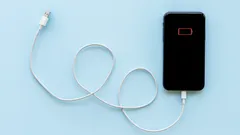
Unlock Longer Phone Life and Lower Bills With This Charging Habit
Tech How-To Guides

Ultra-efficient amplifier slashes quantum computer energy use by 90%
Gadgets & Reviews
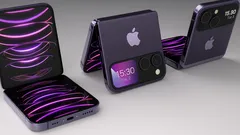
Apple’s Compact Foldable iPhone Leak Hints at a Game-Changing Design
Smartphones & Apps
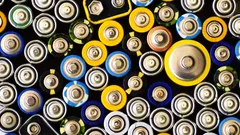
Old batteries become clean fuel in groundbreaking energy breakthrough
AI & Everyday Tech
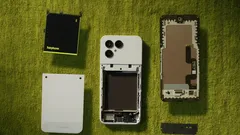
Fairphone 6 Redefines Smartphones With Bold Eco-Friendly Modular Design
Smartphones & Apps
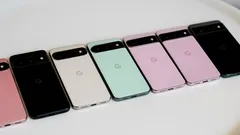
Why owning a Google Pixel could make you a target for suspicion
Online Safety & Privacy

Hidden gold in your old devices is changing e-waste recycling forever
Tech How-To Guides

After Google’s massive fine, Android users rush to iPhone for privacy
Online Safety & Privacy

Why running your fan all night could save you big on summer energy bills
Smartphones & Apps

Playing video games together strengthens relationships and sparks real connection
AI & Everyday Tech

US crypto pioneers transform bold risk into life-changing fortunes
AI & Everyday Tech

Tech leaders embrace waste-to-carbon solutions as Microsoft bets big on green AI
AI & Everyday Tech

Travelers and campers embrace portable backpack laundry tech for freedom and clean clothes anywhere
Gadgets & Reviews

Sleep experts champion a smart anti-snoring belt for restful nights and healthier mornings
Gadgets & Reviews

Drivers use Google Maps and Waze to avoid fines but risk safety trade-offs
AI & Everyday Tech

App lovers seize this week’s best free premium downloads before time runs out
Smartphones & Apps
 W3 CodeCraft
W3 CodeCraft

Comments